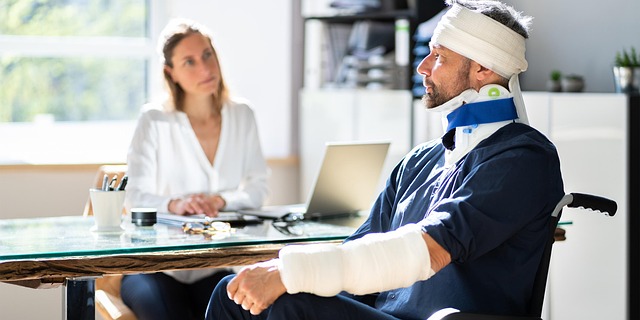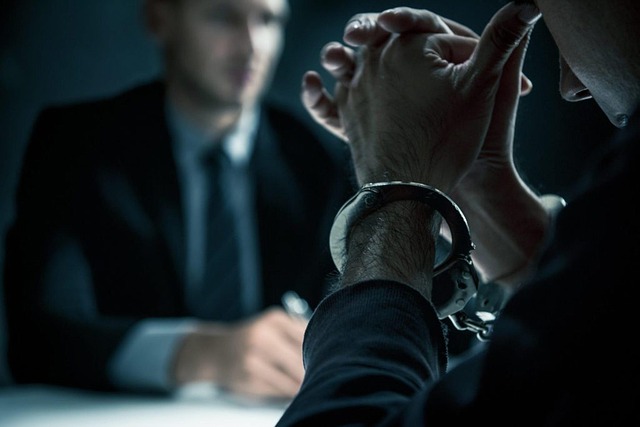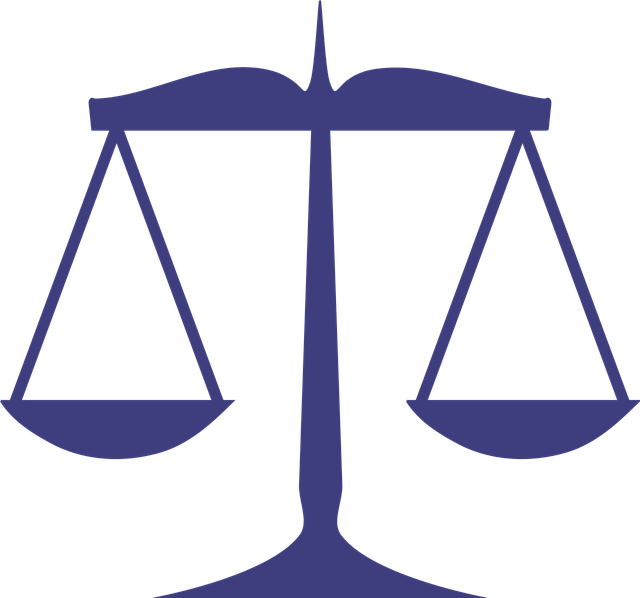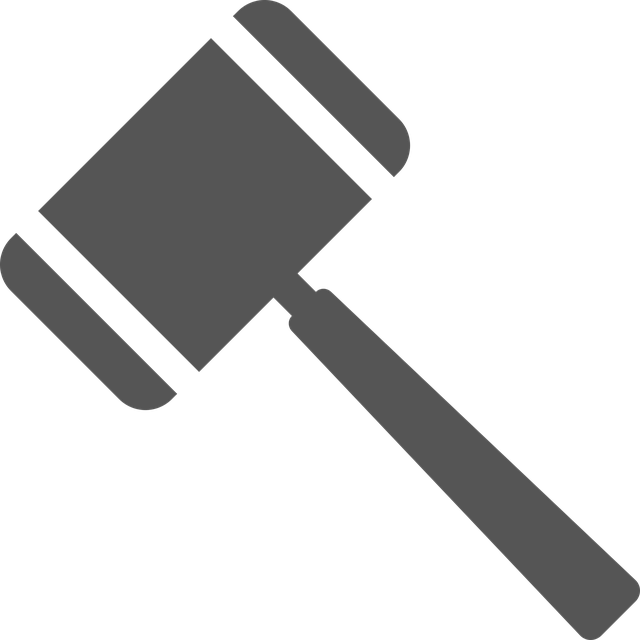Pedestrians have legal protections at crosswalks, including expectations of driver yield and safe passage. Understanding these rights is crucial for safety and liability claims in case of accidents. Liability determination involves multifaceted factors like driver and pedestrian behavior, road conditions, and evidence from law enforcement. Shared responsibilities exist; drivers yield, pedestrians follow traffic rules and stay alert to prevent accidents and liability.
In the complex web of traffic laws, understanding pedestrian accident liability, especially at crosswalks, is paramount. This article delves into the critical issues surrounding rights, responsibilities, and accountability in crosswalk incidents. We explore how to determine liability, the legal obligations of both drivers and pedestrians, and offer insights to help prevent and navigate these accidents. By understanding these key aspects, individuals can better protect themselves and contribute to safer roads.
- Understanding Pedestrian Crosswalk Rights
- Determining Liability in Accident Scenarios
- Legal Responsibilities for Drivers and Pedestrians
Understanding Pedestrian Crosswalk Rights

Pedestrians have specific rights when crossing roads at designated crosswalks. These rights are designed to ensure their safety and protect them in the event of an accident. Understanding these rights is crucial for both pedestrians and drivers alike. When a pedestrian approaches a crosswalk, they have the right to expect that drivers will yield and allow them safe passage across the road. This includes stopping at the crosswalk line or before entering an intersection.
Knowing their rights empowers pedestrians to take necessary precautions while crossing roads. If a driver fails to yield or causes an accident while a pedestrian is in a crosswalk, it may establish liability for the driver. In such cases, an experienced accident lawyer can help victims navigate their legal options and pursue compensation for their injuries, losses, and pain and suffering. Pedestrian accident liability is a serious matter, and understanding your rights is a vital step towards ensuring safety and justice.
Determining Liability in Accident Scenarios

In the event of a pedestrian accident at a crosswalk, establishing liability is a multifaceted process that requires careful consideration of various factors. The primary responsibility lies with drivers, who are expected to yield right-of-way to pedestrians within designated crossing areas. Failure to do so can result in significant consequences and legal repercussions for the driver. Law enforcement officials play a crucial role in investigating such incidents, gathering evidence, and determining fault.
Factors that influence liability include pedestrian behavior, road conditions, traffic signals, and driver awareness. For instance, if a pedestrian suddenly dashes into the road without looking, a truck accident attorney might argue that the victim shared some responsibility due to their negligence. Conversely, if a driver fails to stop at a red light despite the presence of pedestrians in the crosswalk, they are primarily at fault. Understanding these nuances is essential when navigating partnership disputes or commercial disputes arising from such incidents, where legal representation can provide guidance and ensure fair compensation for victims.
Legal Responsibilities for Drivers and Pedestrians

In the event of a pedestrian accident at a crosswalk, both drivers and pedestrians bear legal responsibilities. Drivers have a duty of care to ensure they yield to pedestrians crossing at designated areas, adhering to speed limits, and maintaining a safe distance. Failure to do so may lead to a breach of contract between the driver and the community, not to mention potential accident settlements.
Similarly, pedestrians must follow traffic signals, cross only when it’s safe, and stay alert while crossing roads. Carelessness on their part, such as failing to look both ways or jaywalking, can also contribute to accidents and result in liability. It’s crucial for both parties to understand these responsibilities to prevent slip and fall incidents and ensure safer streets.
Pedestrian accident liability, especially in crosswalk incidents, is a complex issue that requires a clear understanding of rights, responsibilities, and legal frameworks. By grasping the dynamics of these accidents and who is liable, both drivers and pedestrians can contribute to safer streets. This knowledge empowers individuals to navigate potentially dangerous situations, ultimately reducing the occurrence of pedestrian-vehicle collisions. In the event of an accident, being aware of one’s rights and obligations can make all the difference in securing justice and fair compensation.






